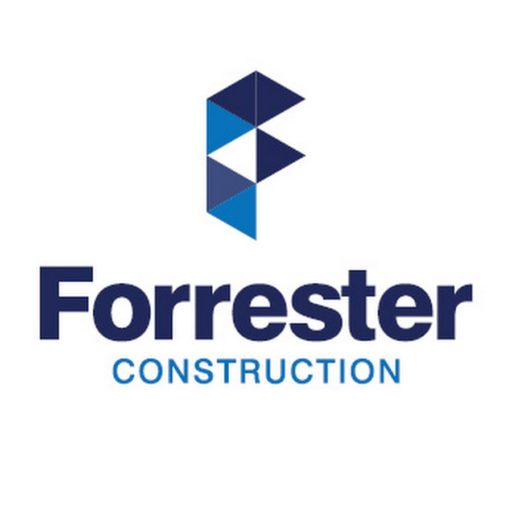Value engineering is the method of reviewing features, materials, or systems to reduce cost while maintaining the intent of the design. There are many ways for construction projects to use value engineering to improve the overall value of a project and save construction costs. Continue reading to discover how Value Engineering began and the various ways it can be used to achieve project objectives efficiently and affordably.
The History of Value Engineering
Value Engineering began as a concept by General Electric during the World War in the 1940s. At the time, there was a shortage of the essential materials needed for the war, so an engineer named Lawrence Miles began looking for substitutions for these necessary materials. Lawrence Miles and his counterparts found alternative materials that were usually more affordable than the original materials and performed the same or better than the original materials.

When Does Value Engineering Take Place?
Value engineering usually takes place during the design phase before construction begins. General contractors often offer value engineering in their preconstruction services. During the design review, the general contractor, in partnership with the architect and owner, use value engineering to increase the functionality and reduce costs, allowing the project to fit the owner’s budget.
In addition to reducing costs, value engineering can be an effective way to assist with schedules and deadlines. Though it is common to conduct value engineering during the design phase, sometimes value engineering can happen during construction, most often through change orders.
Value Engineering Process
There are generally six steps to value engineering:
- Information Gathering
- Function Analysis
- Creative Speculation
- Evaluation
- Cost Analysis
- Development
Substituting Materials to Reduce Cost
Value engineering allows those in charge of a project to substitute expensive materials with more affordable materials. A huge benefit of value engineering is that those inexpensive materials, if installed correctly, still function just as well as the more costly materials. A critical factor in value engineering is that, when choosing a product, material, or process to reduce costs, this change should never impact the quality and functionality of a project.
Substituting Materials to Meet Schedule Deadlines
Though value Engineering is mostly for reducing costs it is also an effective way to assist with schedules and deadlines. For example, right now the construction industry has been struggling with supply chain issues and material shortages. With many materials experiencing long lead times, some projects would not be able to be completed on schedule if they were to use the originally specified products.
As some materials are more easily accessible than others, suggesting different products that would be able to arrive more quickly can make sure a project is completed on time. Much like when you are substituting materials to reduce costs, any substitutions made to assist in meeting schedule deadlines should still meet the design specs, intention, and integrity of the project.
Things to Consider
There are many things to consider when deciding whether to change a design or process during value engineering. Some factors include the owner’s budget, coordination with other materials and trades, the overall design/vision, and more.
The Budget
Most of the time, general contractors implement value engineering to get the owner’s vision and overall design to fit within their construction budget. When value engineering, it is critical to know the desired budget. Knowing your owner’s financial situation allows you to figure out how much money must be trimmed from the original estimate, and consequently, how many changes need to be made to the original design.
Coordination
Ask yourself: Will other aspects of the design be impacted by this change?
- If you change one material, you must keep in mind whether this will affect how the new product is installed, how long the new product will take to install, lead times, and whether nearby design elements will be affected by this change.
- If switching out this material will increase the amount of time it takes to install or prevent other subcontractor partners from completing their work on schedule, it may not be beneficial or as cost-efficient in the long run.
- If other materials will be affected by changing this aspect of the design, such as having to purchase additional materials to support this change, it may end up costing more money than it would save.
Overall Design
Owners and architects design buildings and draw blueprints with a vision in mind. Each choice an architect makes, including each material, is carefully chosen to reflect the owner’s vision. When deciding whether to switch out material to save cost, think about how important that aspect of the design or that material is to the owner’s dream and to the building function.
Example of Value Engineering

One example of value engineering was Forrester Construction’s Truluck’s Restaurant project in Washington, D.C. During this project, our team made and implemented several cost savings suggestions, including:
- Replacing glass handrails with wood and powder-coated steel to reduce cost while maintaining aesthetic
- Utilizing more affordable mechanical units while maintaining desired performance
- Adding mullions to entry vestibule doors to allow for installation of smaller, less expensive windows
- Redesigning the wine room from a curved area hugged along the stair to a square glass room decreasing price and complexity while retaining function and a unique, elegant aesthetic
- Changing the storefront height to reduce material costs
- Other alternatives to allow the project to be completed within budget
Our value engineering efforts, in total, saved our client hundreds of thousands of dollars in construction costs, and still produced a high quality, polished and successful project.
Conclusion
Whether the design is over budget or you’re simply looking to make the most of your resources, value engineering is a great way to keep your vision while reducing the overall cost. When long lead materials could delay your project schedule, value engineering can also help save you time. Make sure to talk to a general contractor that has value engineering experience, like Forrester Construction, if you need assistance building your vision on time and on budget.
Want to learn more basic construction knowledge? Click visit https://forresterconstruction.org/blog/ or https://forresterconstruction.net/blog/ to read more!

